HotSpots H2O: Wetland Restoration in India Aims to Prevent Human-Animal Conflict
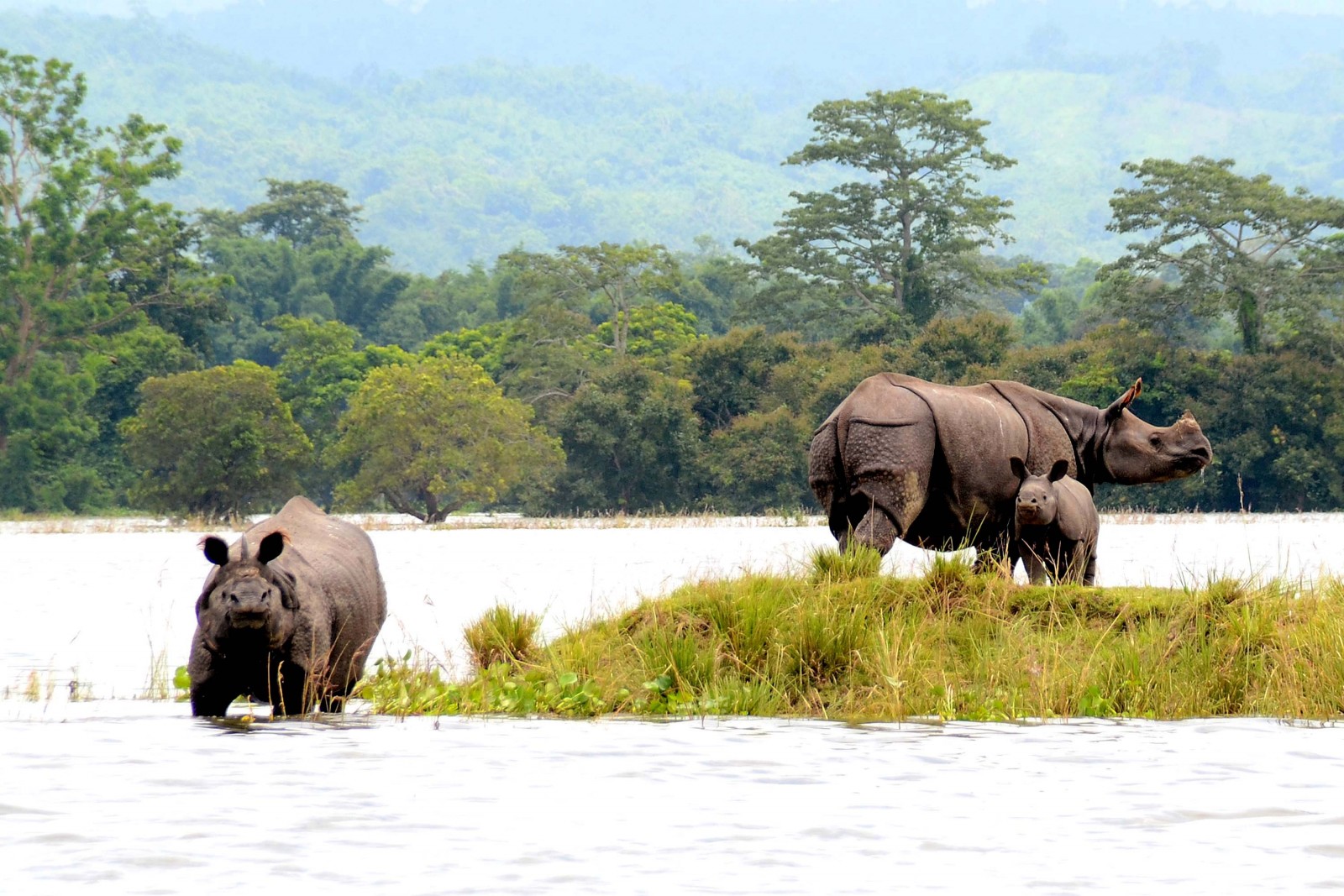
Adult rhinos and a calf in Kaziranga National Park. © Wikimedia commons
In Assam, a state in northeastern India, authorities at Kaziranga National Park are restoring six wetlands and collecting rainwater to prevent human-animal conflict during the water-scarce winter months.
Seasonal shortages push wildlife toward nearby hills in search of water, where settlements and villages are located and confrontations normally occur. Some animals can cause large amounts of damage to crops, which can lead to reprisals from farmers that endanger wildlife and villagers alike.
The wetlands project began in 2019 and has already substantially lessened the risk of these conflicts. Park authorities hope the wetlands will continue to keep animals from moving too far for water.
“The issue faced here is that a little over 40 percent of the wetlands have sufficient water throughout the year,” P Sivakumar, the Kaziranga field director, told The Better India. “The other wetlands start drying up post-December depending on the rains received the previous year, and, if they are delayed, the wildlife bears the brunt of the water shortage during March and April months.”
As a UNESCO World Heritage Site, Kaziranga National Park is one of the last unmodified and undisturbed natural areas in northeastern India. Natural fluctuations by the Brahmaputra River give way to two-thirds wet alluvial grasslands, with tall elephant grass, marshlands, and broad shallow pools. The park is also home to the largest population of one-horned rhinoceros, which was saved from extinction in the 20th century thanks to the protected space, as well as other threatened species, such as wild water buffalo and the Ganges River dolphin.
Assam’s monsoon season typically begins in June and concludes in September. After the rains abated this year, park staff plugged up or built permanent structures at certain range area exit points to harvest rainwater. Then during the dry months, which begin in December and last until March, leftover water from the monsoon will last until the pre-monsoon rain in April.
“The wetlands are huge and serve as habitats,” Sivakumar continued. “Some of them are earthen, whilst the remaining are permanent or seasonal wetlands as the floods can wash them away. Besides compensating for the shortage of water in other wetlands, the new water bodies also work as tourist spots as many animals are sighted from these prime locations.”
Heavy rain at the park can cause human-animal conflict as well. When the area floods, animals are again pushed from their homes across busy roads and to the villages. A lack of functional, natural corridors blocks most animals from safe passage to higher ground. Many animals have been killed in road accidents or poached while on the move. Last July, when about 95 percent of Kaziranga was underwater, at least 66 animals had died and hundreds were rescued.
The wetlands restoration process can take up to 30 or 40 years, according to Sivakumar. But for now, the team at Kaziranga is focused on the possibility of creating new wetland spots for the park and conserving as much water as possible for the upcoming dry season.
Elena Bruess writes on the intersection of environment, health, and human rights for Circle of Blue and covers international conflict and water for Circle of Blue’s HotSpots H2O.

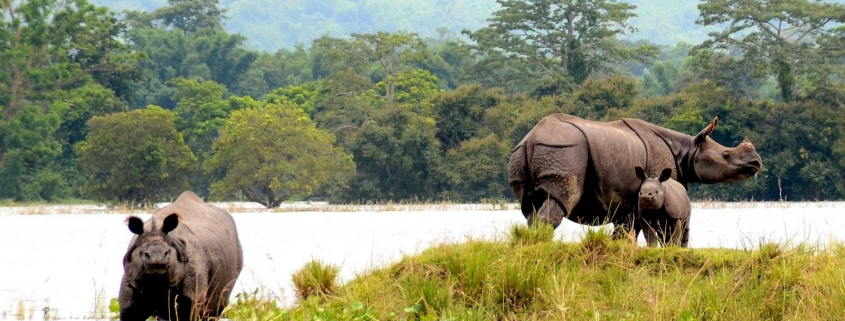


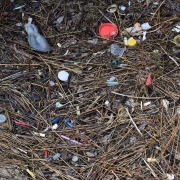
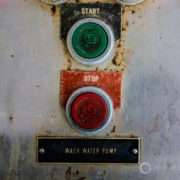
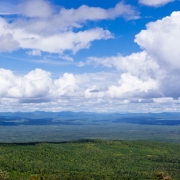

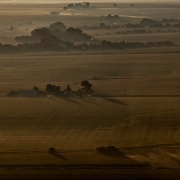



Leave a Reply
Want to join the discussion?Feel free to contribute!